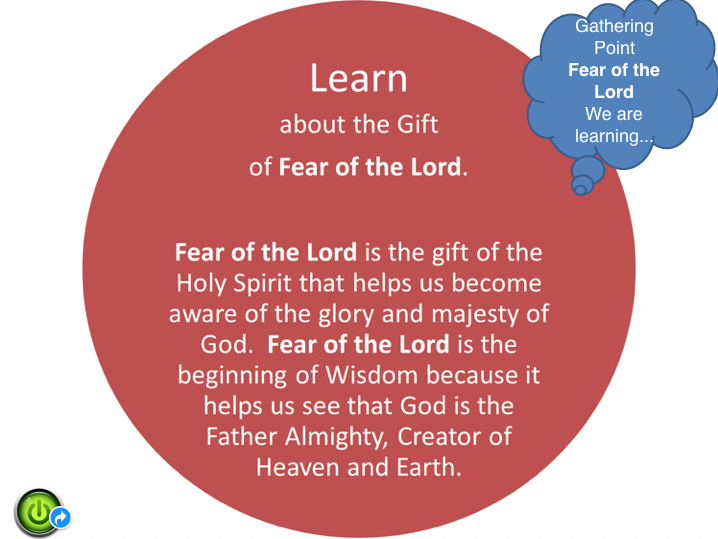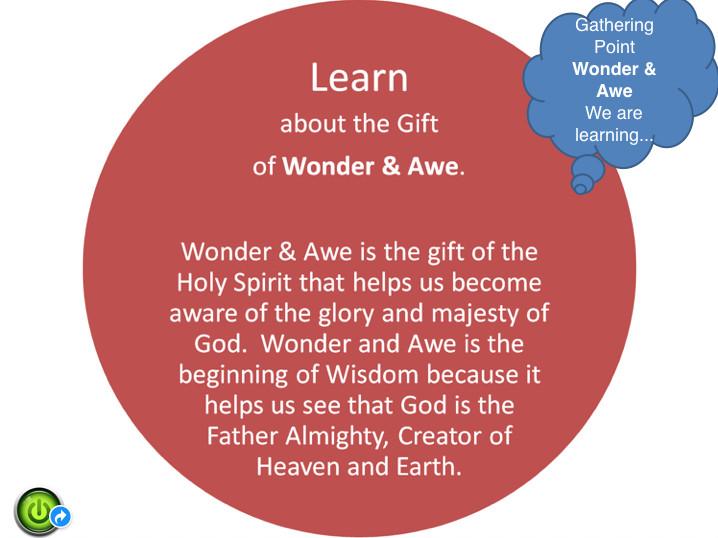
The gift of the Holy Spirit in the NCCA draft primary curriculum framework
The NCCA has published a draft Primary Curriculum Framework for consultation. Atheist Ireland will soon be publishing our response to this document. But first, we want to highlight an example of how the Catholic Church infiltrates its theological language into secular documents like this.
What the NCCA document says
The NCCA document says that fostering Wellbeing in the curriculum:
“Recognises the spiritual dimension of living, which enables children to experience a sense of awe and wonder and know that life has a meaning.”
On the face of it, “awe and wonder” seems like a neutral phrase with perhaps even positive connotations. And it might be, if we had a normal education system, where schools delivered the curriculum in an objective, critical, and pluralistic manner in accordance with human rights standards.
But if, as in Ireland, the majority of schools deliver the curriculum through the ethos of a Catholic patron, then these words take on a different meaning. Because, in Catholic theology, “wonder and awe in God’s presence” is one of the seven gifts of the Holy Spirit.
‘Wonder and Awe” is “Fear of the Lord”
The Catholic Church used to call this “the gift of fear of the Lord,” but they have since updated it to make it sound more friendly. And now they have got it included in a draft Primary Curriculum Framework for a pluralist republic.
The Scottish Catholic Education Service runs a Pope Francis Faith Award. One of its ‘Gathering Points’ is based around the seventh gift of the Holy Spirit. It has two separate PowerPoint presentations that are identical in content, except one is titled ‘Fear of the Lord’ and the other is titled ‘Wonder and Awe.’
Extract from Pope Francis Faith Award PowerPoint version 1
Extract from Pope Francis Faith Award PowerPoint version 2
Other examples of what ‘Wonder and Awe’ means theologically
Here are some examples of the Catholic Church using the words “awe and wonder” in this specifically theological way.
This is the description on the Irish Catholic Bishops website of the coat of arms of Bishop Michael Router of Armagh:
“In the top left-hand corner, as you view the crest, the dove represents the Holy Spirit who constantly renews the Church and ignites the flame of faith even in the most difficult of situations. The seven rays which proceed from the head of the dove signify the seven gifts of the Holy Spirit: Wisdom, Understanding, Right Judgement, Courage, Knowledge, Reverence, and Wonder and Awe in God’s Presence. The background colour of blue represents the Blessed Virgin Mary.”
This is an extract from a prayer to Mary by Pope Francis at the Post-Synodal Apostolic Exhortation Querida Amazonia in February 2020
“And at every Eucharist, may all this awe and wonder be lifted up to the glory of the Father.”
This is an extract from a Homily for Reek Sunday by Archbishop Michael Neary in July 2019
“At the heart of our Christian faith is the conviction that the human spirit is not satisfied with anything short of God. Faith is not primarily concerned with pinning down certitudes, but rather it ought to open us to a sense of wonder and awe which will cut through both our conservative certitudes and our liberal self-righteousness.”
This is an extract from a Homily for Adoremus Conference by Archbishop Eamon Martin in June 2019
“Ask yourselves honestly, do I always appreciate the amazing mystery of the Eucharist? Do I always receive it worthily? Do my actions on entering a church reflect my awareness of the ‘real presence’ of Christ in the tabernacle? How much do I express my ‘wonder and awe in God’s presence’? Do I always genuflect, kneel or bow, and keep silence and always show reverence before the Eucharist?”
These are extracts from the Encyclical letter Laudato Si by Pope Francis in May 2015
- If we approach nature and the environment without this openness to awe and wonder
- Nature is a constant source of wonder and awe. It is also a continuing revelation of the divine
- Together with the awe-filled contemplation of creation which we find in Saint Francis of Assisi
- Standing awestruck before a mountain, he or she cannot separate this experience from God
- The interior awe being lived has to be entrusted to the Lord
- Eternal life will be a shared experience of awe
- A prayer for our earth… Teach us to discover the worth of each thing, to be filled with awe
Delivered through the Catholic Ethos of Schools
To repeat, on the face of it, “awe and wonder” seems like a neutral phrase with perhaps even positive connotations. And it might be, if we had a normal education system, where schools delivered the curriculum in an objective, critical, and pluralistic manner in accordance with human rights standards.
But if, as in Ireland, the majority of schools deliver the curriculum through the ethos of a Catholic patron, then these words take on a different meaning. Because, in Catholic theology, “wonder and awe in God’s presence” is one of the seven gifts of the Holy Spirit.









0 Comments
No comments!
There are no comments yet, but you can be first to comment this article.